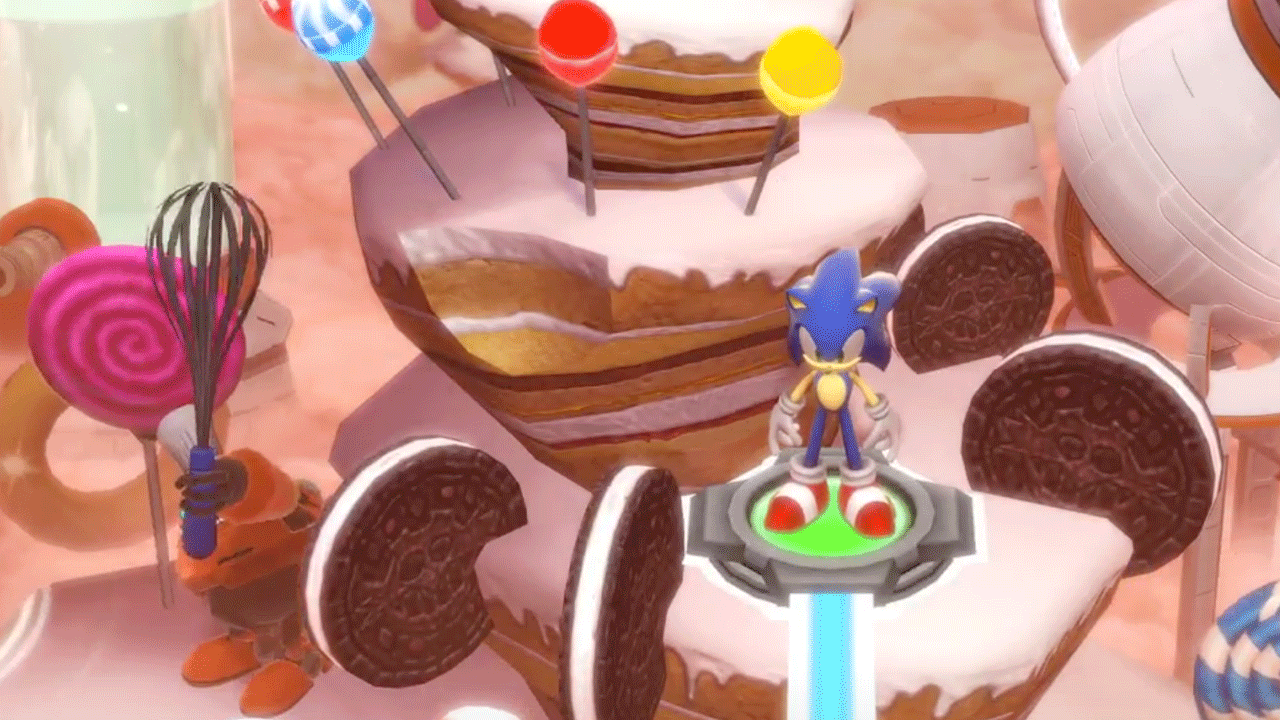

The downside is that the controls can be a bit frustrating any time you’re doing anything but moving straight ahead, which Sonic Colors unfortunately asks you to do every few levels.
#SONIC COLORS ULTIMATE GAMEPLAY SERIES#
This setup makes for a version of Sonic that feels like a natural evolution of the original Genesis games into 3D, capturing both the speed and precision platforming that made the series famous. You only have a limited amount of boost power though while it can be regained easily by defeating enemies or collecting pickups, you’ll run out of energy quickly if you use it for too long. The boost style’s namesake is a signature ability that Sonic can use to, well, boost! At the press of a button, he gains a large burst of speed that also deals damage to anything in his way and helps clear gaps that you normally wouldn’t be able to jump over.

Gameplay swaps back and forth between a behind-the-back view that feels almost like an on-rails game and a side view that matches traditional 2D platformers. Sonic Colors is what fans of the series call a “boost style” game. Sonic Colors Ultimate promised to be a welcome chance to replay that beloved classic, and while I believe the actual game itself holds up, Sonic has undoubtedly had a rough transition to Switch. It’s second only to Generations in my mind, lacking some fine-tuning and polish of that successor but still managing to succeed at an experience that’s kinetic, flashy, and sometimes genuinely funny. After its original release on Wii over a decade ago, Sonic Colors became one of my favorite games in the Sonic franchise.


 0 kommentar(er)
0 kommentar(er)
